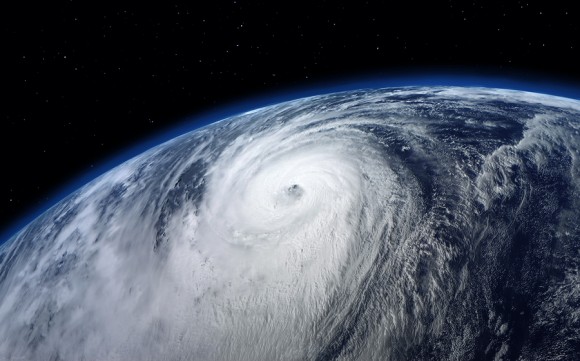Industry insured losses from Typhoon Faxai, which made landfall in Japan on Sept. 9, will be between 340 billion Japanese yen (US$3 billion) and 740 billion yen (USD 7 billion), estimated Boston-based catastrophe risk modeling firm AIR Worldwide.
Typhoon Faxai made landfall in Yokosuka, a southern suburb of Tokyo, on the main island of Honshu at around 3:00 a.m. local time Monday, Sept. 9, with 1-minute sustained wind speeds of 170km/h (105 mph), said AIR, which is a subsidiary of Verisk.
Describing the storm’s impact, AIR said that Faxai crossed Tokyo Bay to strike Tokyo City with winds still equivalent to a strong Category 2 hurricane. Faxai brought damaging winds across southeastern Honshu, along with storm surge and heavy precipitation to coastal regions. Impacts were reported across Chiba, Kanagawa, and Shizuoka prefectures. Storm surge was highest along the eastern shores of Tokyo Bay, said AIR Worldwide, quoting that the Japanese Meterological Agency (JMA) which recorded a storm surge of more than 1 meter in Mera, Chiba Prefecture.
The city of Izu in Shizuoka Prefecture experienced 17 inches of rain in 24 hours through early Monday, with recorded rates of more than four inches per hour.
Typhoon Faxai surpassed Typhoon Higos for the strongest sustained wind speed at landfall in the region and tied with 1958’s Typhoon Helen for the lowest recorded central pressure, according to AIR. Faxai was comparable in strength to Typhoon Jebi, which devastated the southern Shikoku Island in 2018.
High winds downed two electrical towers and multiple utility poles, leaving more than 900,000 without power in the prefectures of Chiba, Ibaraki, Kanagawa, Shizuoka, and Tokyo.
Faxai also affected crops in the region, ravaging rice fields and fruit farms just before harvest time, AIR added.
AIR’s modeled insured loss estimates include:
- Insured damage to property (residential, commercial, industrial, and agricultural/mutual), both structures and their contents, and automobile from wind and storm surge.
AIR’s modeled insured loss estimates do not include:
- Losses from precipitation-induced flood
- Landslide
- Losses to land
- Losses to infrastructure
- Losses to CAR/EAR, marine hull, or marine cargo lines of business
- Business interruption losses
- Loss adjustment expenses
- Demand surge, which is the increase in costs of materials, services, and labor due to increased demand following a catastrophic event. AIR said that demand surge can be applied by its software users who want to account for this variable.
Source: AIR Worldwide
Was this article valuable?
Here are more articles you may enjoy.



 Relief But Questions on Agents’ Duties to Insureds After Florida Court Ruling
Relief But Questions on Agents’ Duties to Insureds After Florida Court Ruling  Berkshire Hathaway Raises New CEO Abel’s Salary to $25 Million
Berkshire Hathaway Raises New CEO Abel’s Salary to $25 Million  Howden Buys M&A Insurance Broker Atlantic Group in US Expansion
Howden Buys M&A Insurance Broker Atlantic Group in US Expansion  AIG’s Zaffino to Step Down as CEO as Aon’s Andersen Steps In
AIG’s Zaffino to Step Down as CEO as Aon’s Andersen Steps In 

